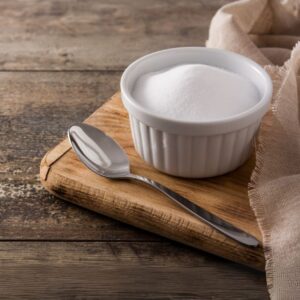
Utilisation du Tripolyphosphate de Sodium dans l’Industrie Alimentaire : Avantages et Controverses
Sodium tripolyphosphate improves food texture, yield, and shelf life, making it a vital additive in industrial food processing.
In March 2024, OCP (Morocco Phosphate Group) announced a $2.4 billion investment to expand STPP capacity targeting Asia, symbolizing the shifting global landscape of sodium tripolyphosphate (STPP).
China’s share: 58% (source: China Phosphorus Chemical Industry Association)
Food-grade STPP: Still import-dependent in China
Price gap: Up to ¥3,200/ton (Source: General Administration of Customs)
This article explores:
Production process evolution
Cost structure comparison across 6 major regions
Insights from 17 industry reports
Raw Materials:
28–32% P₂O₅ phosphate rock powder
Concentrated sulfuric acid (H₂SO₄)
Core Reaction:Ca₅F(PO₄)₃ + 5H₂SO₄ → 3H₃PO₄ + 5CaSO₄ + HF↑
Advantages: Mature technology, lower energy consumption
Disadvantage: Lower purity, difficult to reach food/pharma-grade STPP
Key Control Points:
Sulfuric acid addition ratio
Filtration of byproduct gypsum (CaSO₄)
Fluoride gas treatment (HF)
Raw phosphate calcined at 1000°C+
Yields super phosphoric acid, then neutralized with Na₂CO₃ / NaOH
Advantage: High purity (99.5%), suitable for food/medical-grade STPP
Disadvantage: High cost (+30–50%), energy-intensive
Mainly used by: Japan, Germany, and food-grade STPP exporters
Phosphoric acid recycling from waste (e.g., fertilizer byproducts)
Ion exchange purification + crystallization
Still in pilot or small-scale use due to cost and impurity control challenges
| Region | Dominant Process | Cost per Ton (USD) | Main Constraints |
|---|---|---|---|
| China | Wet process | $670 | Energy prices, environmental compliance |
| Morocco | Wet + low-cost sulfur | $580 | Logistics to Asia |
| India | Wet process (low P₂O₅) | $640 | Phosphate rock quality |
| USA | Thermal + mixed | $780 | High labor and emission costs |
| Germany | Thermal | $850+ | Green regulation compliance |
| Vietnam | Imports intermediates | $720 | Infrastructure, energy availability |
OCP (Morocco): $2.4B new line for the Asian detergent industry
China: 3+ new plants in Guizhou, Sichuan entering trial production
Indonesia/Vietnam: Encourage STPP local production via tax incentives
Bottlenecks:
Sulfuric acid supply volatility
Environmental approval timelines
Labor and logistics inflation
Food/pharma-grade STPP is still dominated by Germany/Japan
Domestic producers in China aim to break through 99.5% purity barrier
R&D Focus Areas:
Ion exchange + membrane purification
Catalyst-assisted polycondensation
China: “14th Five-Year Plan” encourages STPP plant upgrades
EU: Lifecycle emissions reporting required starting 2025
Global carbon tax trend may raise costs by 10–15% in carbon-heavy regions
AI-based pH and reaction control (error ≤ 0.5%)
Digital twin for predictive maintenance in spray-drying lines
Biomass-derived neutralizers (e.g., sodium gluconate)
Low-temperature polycondensation catalysts (saving 15–20% energy)
China–Morocco STPP pricing race reshaping Southeast Asia market
EU regulation export: Indirectly impacting STPP use in emerging markets
US-China: Investigation into “subsidized phosphates”
Non-tariff barriers:
EU: Requires REACH registration
India: Mandatory BIS certification for detergent-grade STPP
From phosphate rock to premium detergent and food-grade chemicals, the STPP industry stands at a crossroads of efficiency, compliance, and innovation.
To remain competitive, producers must:
Optimize cost via process innovation
Adapt to carbon and environmental compliance
Target high-margin markets with value-added STPP products
“The next decade belongs to those who can make sodium tripolyphosphate both cleaner and smarter.”

Sodium tripolyphosphate improves food texture, yield, and shelf life, making it a vital additive in industrial food processing.
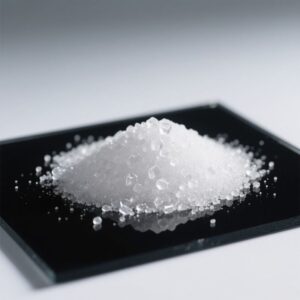
A professional and educational overview of tripolyphosphate (STPP), explaining its composition, manufacturing process, applications, safety profile, and sustainability trends.
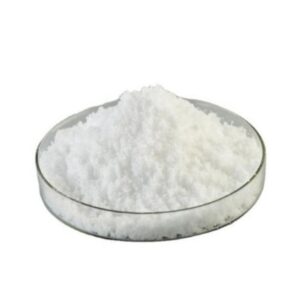
Sodium tripolyphosphate boosts food yield and texture but faces rising scrutiny over health and safety, prompting regulation and innovation across the industry.

This article will provide you with selection strategies based on four dimensions: physical properties, scenario adaptation, case analysis, and industry data on sodium tripolyphosphate.

Sodium Tripolyphosphate (STPP) improves toothpaste performance by preventing tartar buildup, removing stains, and protecting tooth enamel.
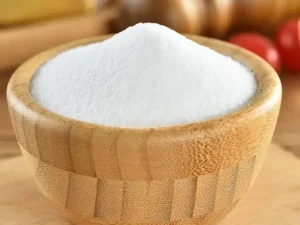
STPP enhances laundry performance through calcium/magnesium ion sequestration, soil suspension optimization, and enzyme/pH stabilization, delivering superior cleaning efficacy and fabric care.
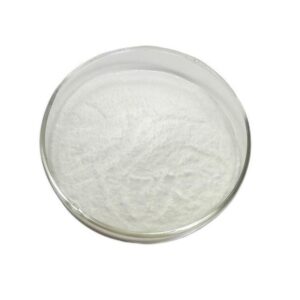
Sodium Tripolyphosphate (STPP) serves as a versatile water softener and preservative with applications across food processing and detergent manufacturing industries.

This guide provides insights into the technological advances, regulatory frameworks, and cost factors affecting food and aquatic products, highlighting sustainability challenges and opportunities in 2025.
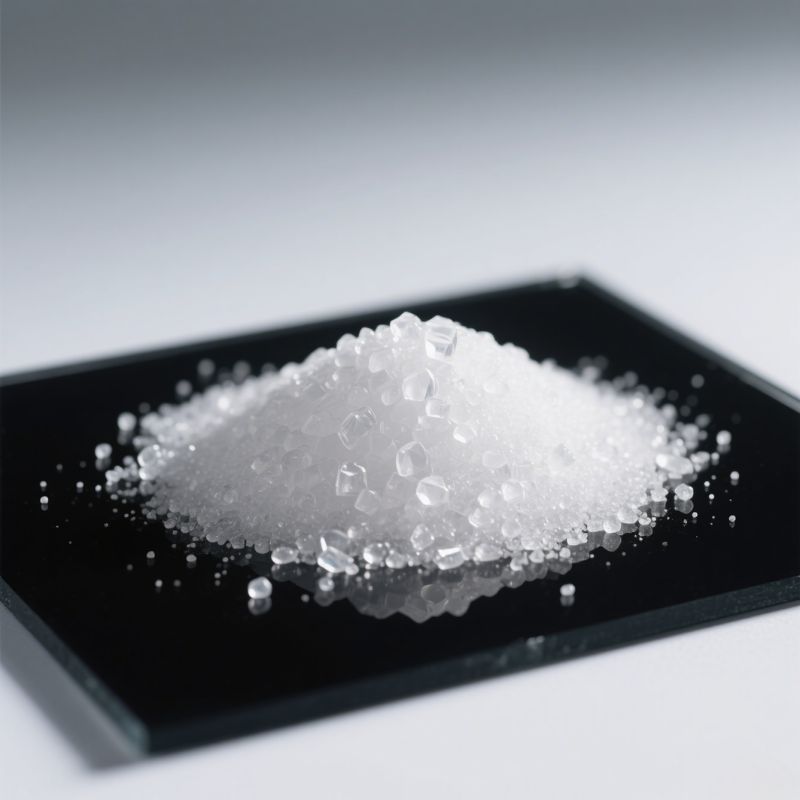
A professional and educational overview of tripolyphosphate (STPP), explaining its composition, manufacturing process, applications, safety profile, and sustainability trends.

This guide provides insights into the technological advances, regulatory frameworks, and cost factors affecting food and aquatic products, highlighting sustainability challenges and opportunities in 2025.

This guide covers the uses, benefits, risks, dosages, and health concerns of polyphosphates in food, with an overview of regulatory standards and emerging alternatives.
WhatsApp us